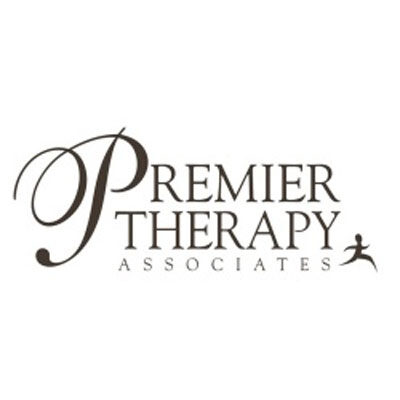Do you have problems swallowing?
You may have already had a swallowing test with a speech-language pathologist, also called an SLP. During this test you may have tried different foods and liquids. The SLP may have checked how well you can move the muscles of your mouth and how clearly you talk.
Sometimes the SLP needs even more information about how you swallow. You may need another swallowing test – this time in the radiology, or x-ray, department.
You may hear different names for this test. What it is called depends on your SLP and the place where you have the test done.
Some names you might hear are:
- videofluoroscopic swallowing study, or videofluoroscopy
- modified barium swallow, or MBS
- esophagram
- cookie swallow
The American Speech-Language-Hearing Association (ASHA) uses the term videofluoroscopic swallowing study, or VFSS.
Why have a VFSS?
When you have a swallowing test in the SLP’s office or in your hospital room, the SLP can’t see what is happening inside your mouth and throat. The VFSS lets the SLP see:
- if food is going into your airway instead of your stomach, called aspiration
- which parts of your mouth and throat may not be working well
- what kinds of food are safest for you to swallow
- if certain positions or strategies help you swallow better
Babies and young children can also have this test done. Your SLP can tell you more about what to expect for your child.
How is the VFSS done?
This study is done in the radiology, or x-ray, department. You will meet the SLP there. There may also be a doctor there, called a radiologist. A radiology technician will be there to help you get ready and set up the equipment.
You will sit or stand next to an x-ray machine. Your SLP will give you different foods and drinks mixed with barium. The barium makes the food and liquid show up on the x-ray. Barium is not harmful and won’t stay in your body for too long. The x-ray machine is only turned on while you swallow so you don’t get too much radiation.
The SLP will ask you to do different things during the test. You may try soft foods and hard foods, and thin liquids and thick liquids. You may take small amounts and large amounts. You may be asked to move your head in different positions. You may also try things like swallowing hard. The test may be recorded so it can be watched again later.
If your child is having a VFSS, you may be asked to hold him in your lap. You will be given protection from x-rays, like lead vests and cover ups. You may feed your baby from a bottle if that is how he eats. Barium is not dangerous for babies or young children. You may see it in the baby’s diaper for a few days after the study.
You should not have this test done if you think you may be pregnant. It is not safe to have x-rays while pregnant.
What happens after the test?
Your SLP and doctor will talk about what they saw during the study. You and your family will be told the results. The SLP may show you the video of the test so you can see what happens yourself. Your SLP will use the test results to decide what treatment will help your swallowing. You and the SLP will discuss what foods and liquids are safest, and how to eat them. You may start swallowing therapy soon after the study.
